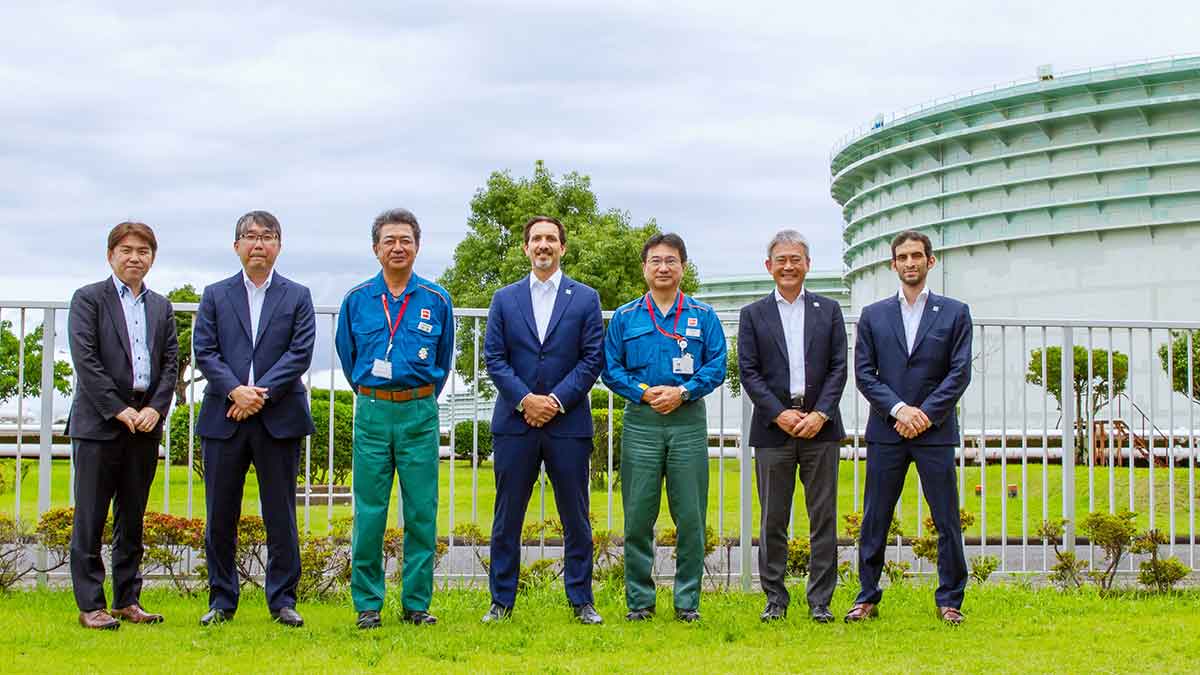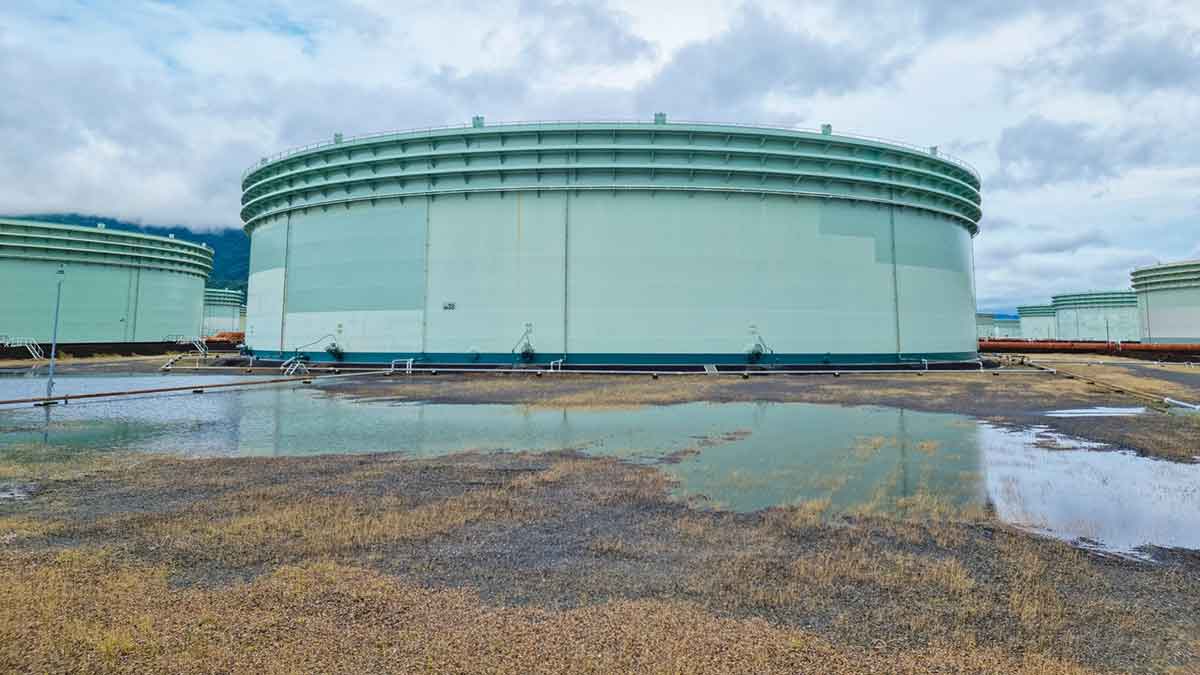Closer Cooperation
Aramco strikes new crude oil storage deal in Japan

July 31, 2022
Being closer to Japanese refineries than Okinawa, the Kiire terminal can accommodate a wide range of vessel types.
Aramco signed an agreement with ENEOS Corporation (ENEOS) in June for oil storage in ENEOS’ Kiire terminal, located in the southwestern part of Japan, as the two energy companies aim to enhance cooperation.
The first crude oil shipment was carried out by Bahri’s very large crude carriers (VLCC) “SAHAM”, and the cargo finished discharging on June 20.
ENEOS, the largest refiner in Japan, accounts for more than 50% of the country’s total refining capacity. Its Kiire terminal is the largest crude oil storage facility with a total capacity over 46 million barrels.

The deal was put together by Aramco Asia Japan, the Saudi Aramco Crude Oil Sales and Marketing Department, and ENEOS after years of discussion, mainly during the pandemic, and the terminal service agreement was signed in June this year. The deal allows in-tank-transfer sales, which maximize Aramco’s placement and sales realization even in smaller increments.
Expanding on Okinawa’s concept
Being much closer to Japanese refineries than Okinawa, the Kiire terminal can accommodate a wide range of vessel types, from medium-range tankers to ultra large crude carrier, with 24-hour loading capability. This presents great flexibility and risk management opportunity for Japanese and Far Eastern refiners interested in short haul free-on-board sales.

Aramco already has 13 tanks with a total capacity of 8 million barrels in Okinawa, leased by the Japanese government. Okinawa storage can accommodate Arabian Extra Light (AXL), Arabian Light, Arabian Medium, and Arabian Heavy grades. Kiire expands this capacity by an additional 3 million barrels of AXL storage. As Japan is a major AXL market for Aramco, it will ensure demand sustainability of this premium grade through the expansion.
Aramco has been maintaining the largest share in the Japanese market since 2005, and it strives to keep it by deepening ties further with its business counterparts. These historical relationships are essentially the pillars of the ongoing Saudi-Japan Vision 2030, and this deal is a step forward in realizing this collaboration.



